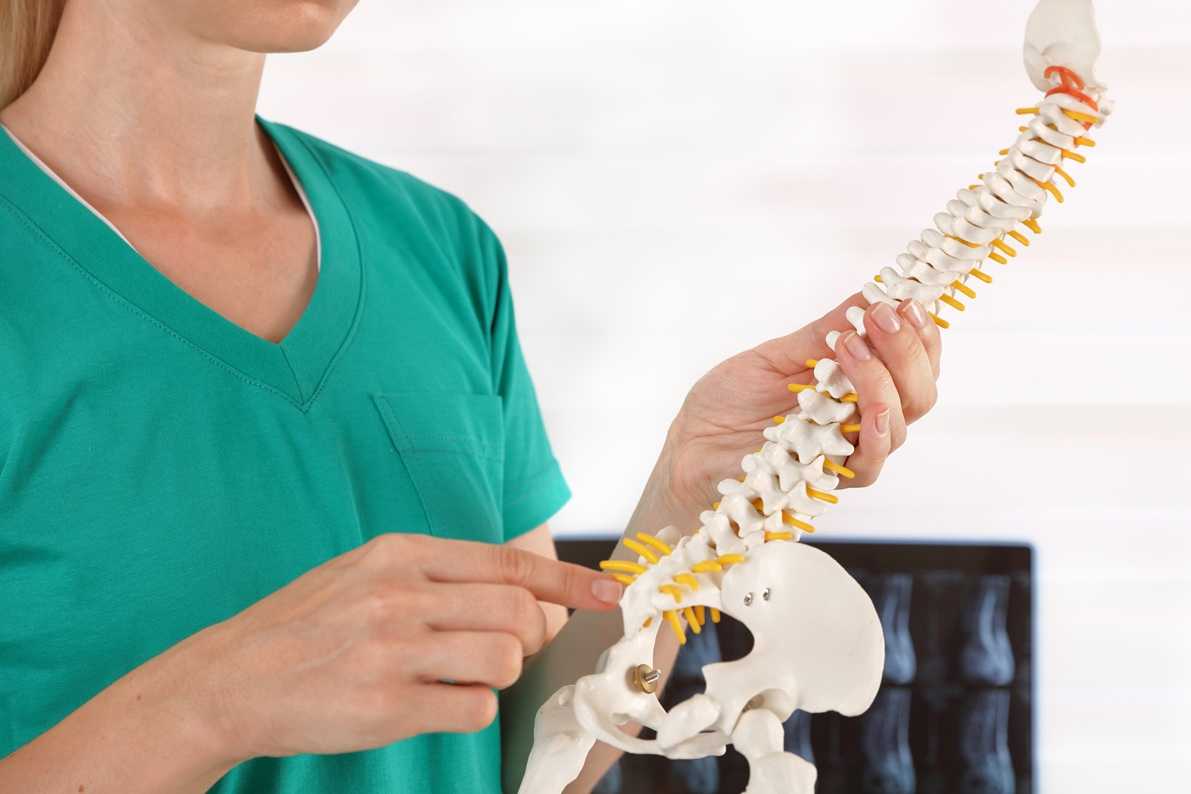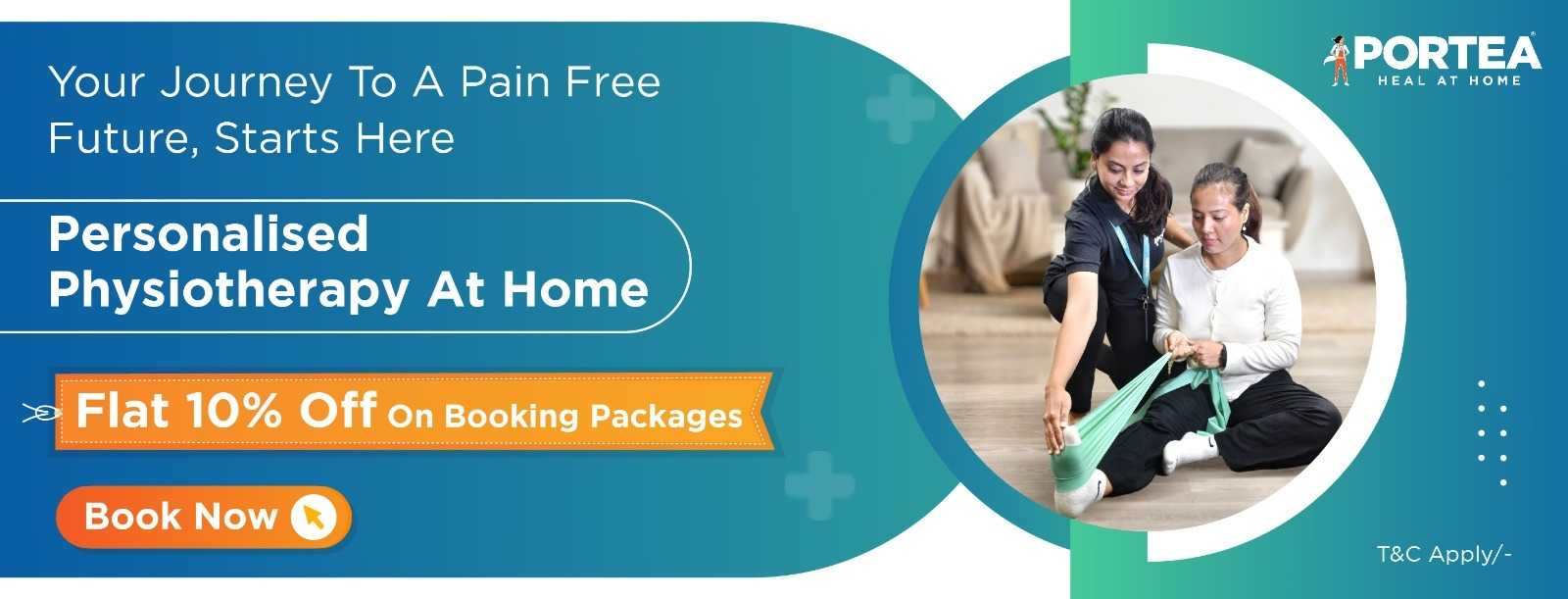
coccydenia


what is coccydynia?
Coccydynia, commonly known as tailbone pain, is a condition that affects the small, triangular bone at the bottom of the spine called the coccyx. This bone plays an essential role in stabilizing the body while sitting and supports various muscles, ligaments, and tendons. Pain in this area can range from mild discomfort to severe, debilitating sensations that interfere with daily activities such as sitting, standing, or walking. Though not life-threatening, coccydynia significantly impacts quality of life and requires a thorough understanding for effective management.
causes of coccydynia
The causes of coccydynia are diverse, often resulting from trauma, repetitive strain, or degenerative changes. A fall or direct injury to the coccyx can lead to bruising, inflammation, or even fracture, triggering acute pain. Chronic overuse, as seen in activities like cycling or prolonged sitting on hard surfaces, can also stress the coccyx, resulting in persistent discomfort. For women, childbirth is a common cause, as the process exerts immense pressure on the pelvic area, potentially dislocating or injuring the coccyx. In some cases, the condition may arise without an identifiable cause, referred to as idiopathic coccydynia, adding complexity to diagnosis and treatment.
symptoms and diagnosis
Symptoms of coccydynia are primarily localized, presenting as pain or tenderness at the base of the spine, which intensifies with activities like sitting or leaning backward. Some patients also report difficulty transitioning from sitting to standing or discomfort during bowel movements. Diagnosing coccydynia involves a combination of medical history evaluation and physical examination, often supplemented with imaging techniques like X-rays or MRIs to rule out other conditions such as fractures or tumors.
risks associated with coccydenia
Coccydenia, or tailbone pain, can significantly impact daily activities and quality of life. Prolonged sitting, particularly on hard surfaces, can exacerbate discomfort and lead to chronic pain. In severe cases, coccydenia may cause difficulty in walking, bending, or other physical movements, limiting mobility. If left untreated, it can contribute to psychological stress, such as frustration or depression, due to persistent discomfort and reduced activity levels. Addressing the condition early is essential to prevent worsening symptoms.
preventing coccydenia
Preventing coccydenia involves lifestyle modifications and ergonomic adjustments. Using cushioned seating with proper lumbar support can minimize pressure on the tailbone. Avoiding prolonged sitting or taking regular breaks to stand and stretch helps reduce strain. Practicing good posture while sitting and engaging in core-strengthening exercises can also provide support and prevent injuries. Maintaining a healthy weight is essential, as excess body weight increases pressure on the tailbone. Early attention to pain or discomfort can prevent chronic issues and promote long-term well-being.
treatment options for coccydynia
The treatment of coccydynia typically begins with conservative measures. Lifestyle modifications, including the use of cushioned seating and avoiding prolonged sitting, are recommended to alleviate pressure on the coccyx. Over-the-counter pain relievers like ibuprofen or acetaminophen can help manage inflammation, while applying heat or ice packs provides additional relief. In more severe cases, medical interventions such as corticosteroid injections or manual manipulation of the coccyx may be employed. Surgery, though rare, is considered a last resort for persistent and unmanageable pain.
the role of physiotherapy in recovery
Physiotherapy plays a pivotal role in both the treatment and recovery of coccydynia. Tailored exercises targeting the pelvic floor and surrounding muscles help strengthen the area, improve posture, and enhance mobility. Stretching and mobilization techniques relieve tension, while electrotherapy methods like ultrasound or TENS provide additional pain relief. The goal of physiotherapy is not only to alleviate pain but also to restore functionality and prevent recurrence.
portea’s home-based physiotherapy services
At Portea, we offer specialized home-based physiotherapy services for coccydynia, ensuring that patients receive personalized care in the comfort of their homes. Our experienced physiotherapists develop comprehensive plans that address the root cause of your pain, helping you regain mobility and improve your quality of life. Whether it’s for coccydynia, arthritis, back pain, or post-surgical rehab, Portea is committed to delivering excellence in physiotherapy for diverse conditions.
In addition, Portea offers specialized services for a range of conditions, including sports injuries, post-surgical rehabilitation, respiratory disorders, and neuro rehabilitation. Our expert physiotherapists use evidence-based approaches to address challenges such as stroke recovery, arthritis management, COPD, and slipped discs and more.
With Portea, you receive expert paralysis physiotherapy treatment at home, delivered by skilled physiotherapists dedicated to your recovery and well-being. Additionally, we offer a wide range of healthcare solutions, including doctor consultations,medical equipment, nursing care, and dedicated trained attendants ensuring personalized and high-quality care tailored to your needs.
portea’s other physiotherapy services based on medical conditions
faq’s on coccydenia
1.What is the quickest way to heal a tailbone injury?
Rest is key for faster recovery. Apply ice packs to the tailbone area for 20 minutes every hour while awake during the first 48 hours, then 2–3 times daily. Avoid direct ice contact with the skin, and use a cushion or gel donut for sitting.
2.How should you sit to ease coccyx pain?
To reduce tailbone discomfort while sitting, lean forward slightly and use a pressure-relief cushion. Many find wedge-shaped cushions particularly effective for pain relief.
3.How can you adjust your tailbone?
To adjust your tailbone, make a fist with one hand, cover it with the other, and place both at the base of your spine. Push upward gently while leaning back to apply pressure and potentially adjust the area.
4.Is walking beneficial for tailbone pain?
While sitting often worsens tailbone pain, standing and walking slowly may provide relief. Tailbone injuries commonly result from trauma like falls, car accidents, or sports collisions.
5.What’s the best sleeping position for tailbone pain?
To sleep comfortably with coccyx pain, try lying on your side with a pillow between your legs. This position reduces stress on the lower back and tailbone by aligning the hips.
6.What is manual therapy for tailbone pain?
Manual therapy uses hands-on techniques to alleviate tailbone discomfort. Manipulating the joint between the sacrum and coccyx can improve mobility and potentially reduce pain.
Doctor Consultation
Nursing
Physiotherapy
Trained Attendant
Elder Care
Mother & Baby Care
Lab Tests
Medical Equipment
Speciality Pharma
Critical Care






